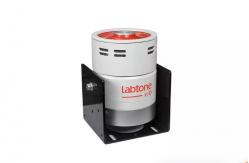small volume Compact Vibration Test System For Acceleration Sensor Calibration
|
Detailed Product Description
|
Compact Vibration System Apply To The Calibration Of High Precision Vibration Meter And Etc.
Application
Specifications
Features
Customer Services
Presales
In-Sales
After-Sales
FAQ
1. How do you attach the hardware you're testing to your shaker ? By means of a fixture, usually aluminium or magnesium for lightness
coupled with rigidity. They can be cast, or smaller fixtures
machined from soild stock. Most fixtures are welded. 2. How do you control shakers ? If we're looking for resonances in the product we're testing, we
command the shaker to shaker the product at one frequency at a time
but to vary that test frequency, to sweep it over a range
frequencies. But more realistically, we command the shaker to
vibrate randomly and to excite all the resonances simultaneously.
Control commands go into the keyboard of a specially programmed
computer. 3. What are those resonances ? Are they bad ? Have you ever noticed the steering wheel moving with rather a large
displacement amplitude, large than the input to the column? That
magnification is called resonance. Possibly it annoys you. There's
a slight chance that in a few years that whipping of the steering
column might cause bending fatigue failure. When we shake an
automotive or ship or land vehicle instrument, we're looking for,
for example, portions of printed wiring boards (PWBs) responding
with greater motion than we're inputting. That flexing may damage
PWB wiring, it may damage the attached components, and it will
damage the soldered connections between components and the PWB.
Product Show
|
||||||||||||||||||||||||||||||||||||||||||||||||
| Product Tags: Acceleration Sensor Calibration Vibration Test System 220VAC Vibration Test System 6500Hz Vibration Testing System | ||||||||||||||||||||||||||||||||||||||||||||||||
Related Products
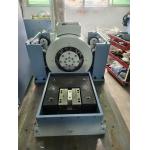
|
Sine On Random Vibration Test System For Battery Laboratory Test |
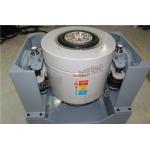
|
High Frequency Electro Dynamic Shaker Vibration Test System |
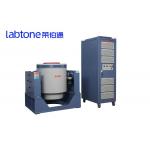
|
Powerful 340 Mm Amarture Diameter Electrodynamic Shaker Vibration Testing System 50/60Hz Power Supply |
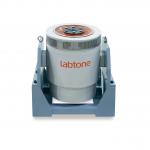
|
3 Axis Vibration Test System With Head Expander Vibration Controller Amplifier |
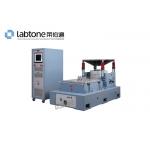
|
Vibration Test System With 2 Channels Input And Max Acceleration Of 100g |
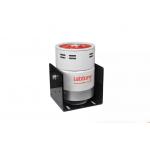
|
Minitype Shaker Vibration Test System With Amplifier For University Research |
Email to this supplier

